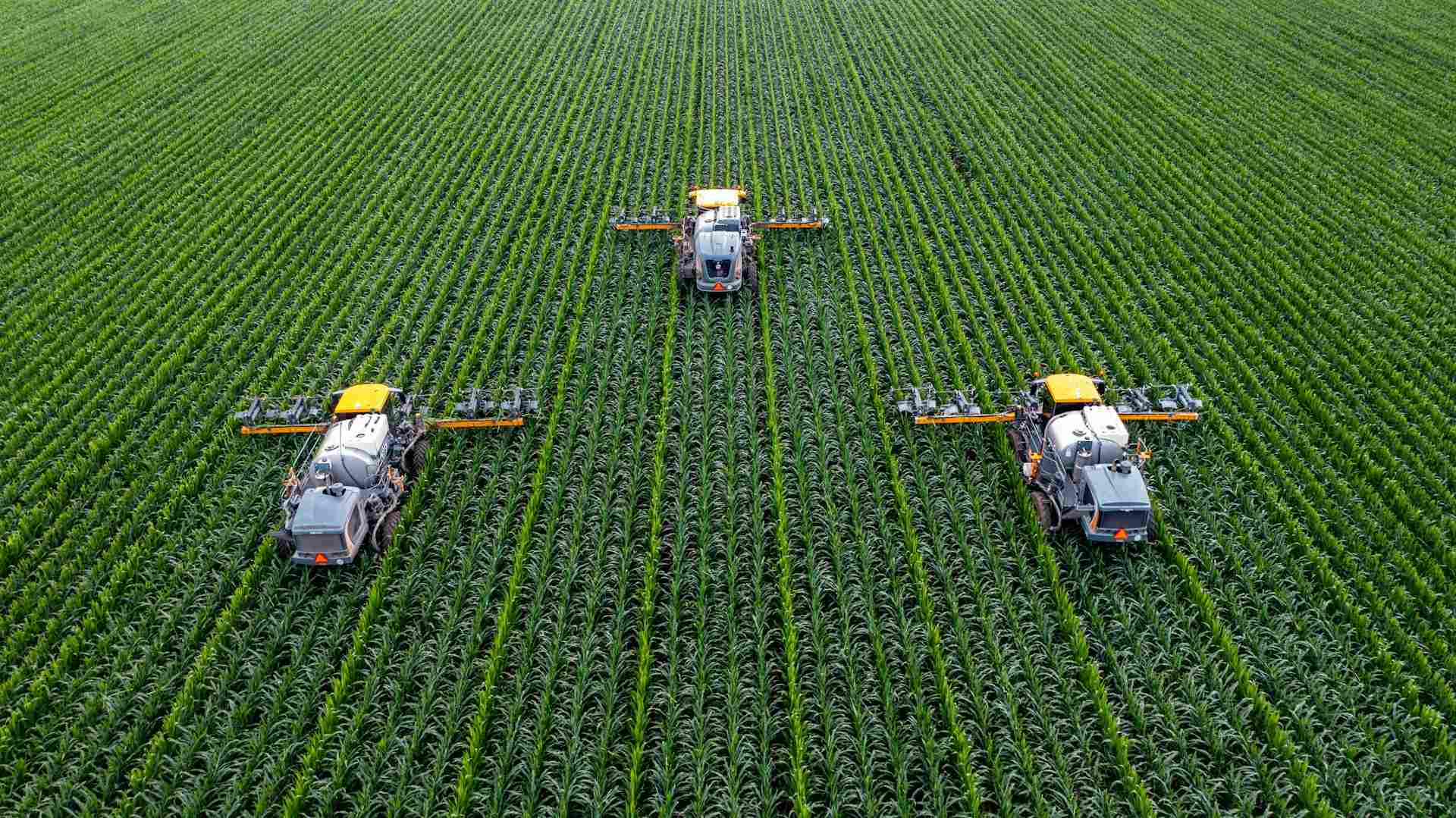
Signs That Your Pyranometer Needs Calibration
Introduction
Pyranometers are essential tools for measuring solar irradiance, providing critical data for applications in solar energy production, climatology, agriculture, and environmental research. Accurate measurements are vital for optimizing performance, ensuring compliance with industry standards, and advancing scientific understanding. But how can you tell when your pyranometer needs calibration? In this article, we’ll explore the key signs that indicate it’s time to recalibrate your instrument and how ISO-CAL North America can help you maintain the highest levels of accuracy.
The Importance of Pyranometer Calibration
Over time, pyranometers can drift from their original calibration due to exposure to environmental conditions, aging of components, or physical damage. Regular calibration ensures that your instrument continues to provide precise measurements, which is crucial for:
- Optimizing solar energy systems: Accurate data helps in maximizing the efficiency of photovoltaic (PV) installations.
- Compliance with industry standards: Meeting the requirements of standards like ISO 9060 and ISO 17025 is essential for quality assurance.
- Reliable research and data analysis: Inconsistent data can compromise research outcomes and decision-making processes.
Learn more about the significance of calibration in our Radiometer Calibration Services page.
Signs That Your Pyranometer Needs Calibration
1. Inconsistent or Erratic Readings
If your pyranometer is showing sudden spikes or drops in irradiance levels without any corresponding changes in weather conditions, this could indicate a calibration issue. Comparing readings with nearby stations or a reference instrument can help identify inconsistencies.
2. Drift in Measurements Over Time
A gradual change in the baseline measurements can occur due to sensor aging. Regularly reviewing historical data for trends or deviations can reveal if your pyranometer’s sensitivity has altered.
3. Physical Damage or Wear
Visible damage such as cracks, scratches on the dome or diffuser, corrosion, or loose connections can affect the sensor’s performance. Even minor physical wear can lead to significant measurement errors.
4. Exposure to Harsh Environmental Conditions
Extreme temperatures, humidity, dust, and precipitation can degrade sensor components. If your pyranometer has been exposed to such conditions, especially beyond its specified operating range, calibration may be necessary.
5. Post-Event Inspection
Events like lightning strikes, electrical surges, or mechanical shocks can impair sensor accuracy. After any such incident, it’s prudent to have your pyranometer inspected and recalibrated.
6. Manufacturer’s Recommended Calibration Interval
Manufacturers typically suggest calibration intervals ranging from one to two years. Adhering to these recommendations ensures optimal performance. Refer to your device’s manual or consult with the manufacturer for specific guidance.
7. Regulatory Compliance Requirements
Industries governed by strict regulatory standards may require periodic calibration to remain compliant. For example, facilities accredited under ISO 17025 must follow documented calibration schedules.
8. Significant Installation Changes
If you’ve relocated your pyranometer or made substantial changes to its mounting or surrounding environment, recalibration can help account for any new variables affecting its readings.
9. Anomalies Detected During Routine Maintenance
Regular maintenance checks might reveal issues like condensation inside the dome, soiling, or insect infestation—all of which can necessitate recalibration. Our article on How to Calibrate a Pyranometer: A Guide offers insights into maintenance best practices.
10. Extended Periods of Inactivity
Pyranometers that have been inactive for extended periods may require recalibration before being put back into service to ensure accuracy hasn’t been compromised during storage.
Benefits of Regular Calibration
- Enhanced Accuracy: Maintain the integrity of your data with precise measurements.
- Operational Efficiency: Optimize the performance of solar energy systems by relying on accurate irradiance data.
- Compliance Assurance: Meet industry standards and avoid potential penalties or reputational damage.
- Equipment Longevity: Proactive maintenance can extend the life of your pyranometer.
Discover the advantages of professional calibration services on our Pyranometer Calibration page.
How ISO-CAL North America Can Help
At ISO-CAL North America, we specialize in providing comprehensive calibration services tailored to your needs:
- Indoor and Outdoor Calibration Services: We offer both indoor and outdoor calibration options to match your specific operational conditions.
- ISO 17025 Accredited Laboratory: Our state-of-the-art lab adheres to the highest quality standards, ensuring reliable and traceable results.
- Expert Technicians: Our experienced staff is well-versed in the latest calibration techniques and industry standards.
- Quick Turnaround Times: We understand the importance of minimizing downtime and strive to provide efficient service.
- Customer Support: From initial consultation to post-calibration support, we’re committed to exceptional customer service.
Additional Services
- Multi-Standard Compliance: Our services comply with the latest ASTM, ISO, and IEC radiometer calibration standards.
- Traceable Reference Instruments: We utilize fully characterized primary and secondary standard reference radiometers, including NIST-traceable spectral irradiance standards.
Additional Resources
- What is a Pyranometer?: Deepen your understanding of how pyranometers work and their applications.
- Solar Radiation Measurement: Learn about the importance of accurate solar radiation data in various industries.
- Standard Compliancy: Find out more about the standards we adhere to and why they matter.
External References
- World Meteorological Organization (WMO): Guide to Meteorological Instruments and Methods of Observation
- International Organization for Standardization (ISO): ISO 9060:2018 Solar Energy—Specification and Classification of Instruments
- National Renewable Energy Laboratory (NREL): Best Practices for Solar Radiation Measurement
Conclusion
Regular calibration of your pyranometer is essential for maintaining data accuracy, ensuring compliance with industry standards, and optimizing the performance of your systems. By recognizing the signs that your instrument needs calibration, you can take proactive steps to prevent data inaccuracies and potential operational inefficiencies.
ISO-CAL North America is your trusted partner for all your pyranometer calibration needs. With our expertise and commitment to quality, we ensure your instruments deliver precise and reliable measurements.
Contact Us
Don’t wait until inaccurate data impacts your operations. Contact us today to schedule your pyranometer calibration or to learn more about how we can support your needs.



